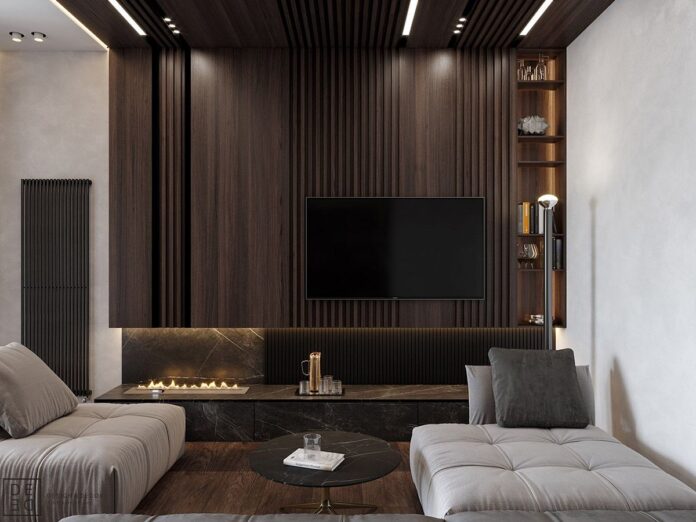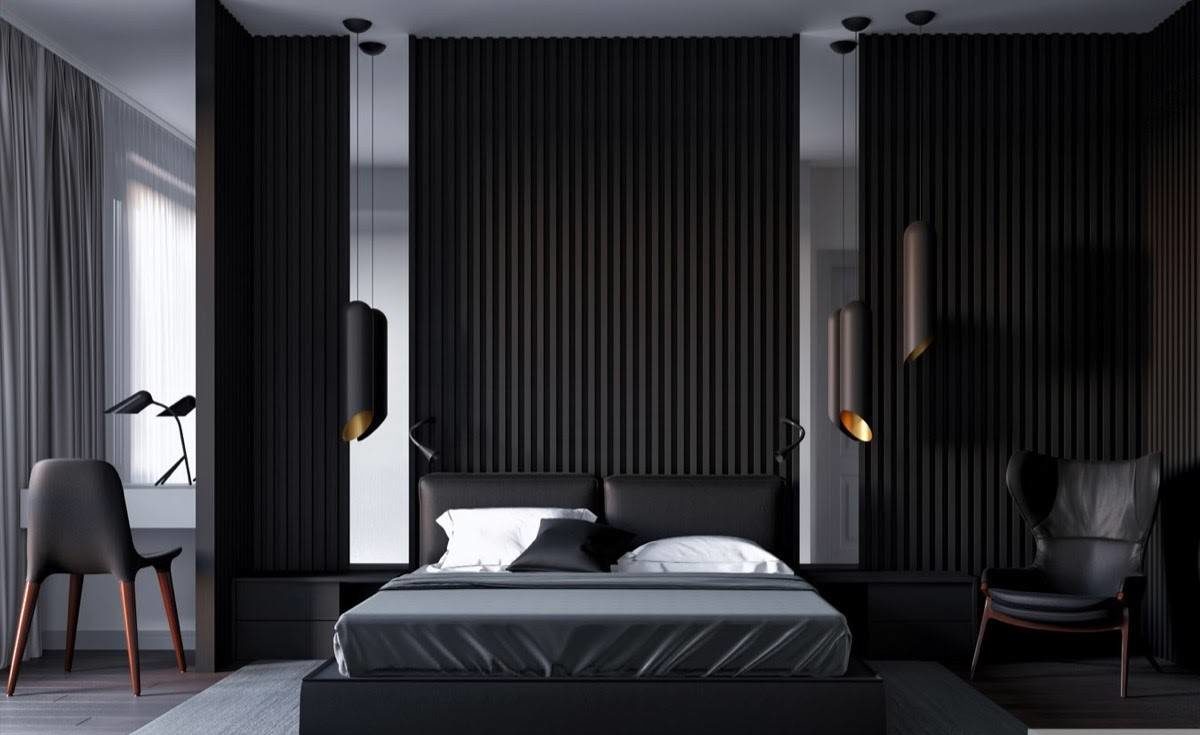A wooden slat wall panel is a fun way to redesign staircases and doors or conversely to enhance them. Adding such a section of wooden slat wall panels not only add to the beauty of a home but also enhances the security. These panels are usually found in pre fabricated lengths or hand designed to tailor according to your needs, and your choice of wooden finishes. The slat widths can be easily cut to tailor custom sizes and then left unfinished to later painted to match color schemes.
Slat wall panels are not only effective and efficient but also very cost reasonable than to costly wooden furniture and are ideal for your home redesigning projects. They are also very less space taking when custom built and are also virtually maintenance free. A wooden slat wall stained with cedar will create a cozy look for reading and watching television together and usually look really attractive in any design scheme. This type of wood panneling is very cheap and can be easily accessible to influence home decor.
Panelling has its most made use for decorations of the house, decorative ideas for the wall accenting the style of your house, ceiling designs and setting up false ceilings, decorative creative doors and a myriad range of furniture. These wooden wall panels usually consist of a number of wide, thinly cut sheets of wood that are called panels. Now these panels are framed together by various types ranging from narrower and thicker strips of wood. The extreme vertical latter are called style whereas the internal vertical strips are called muntin’s. And the horizontal strips that accompany these panels are called rails.
As these wooden slat panels have been widely accepted, they have also been widely evolved. And another popular form of fielded panel was the linenfold, this style features different stylish carving that represents vertically folded linen. This kind of architecture is found in the Hampton Court Palace near London, showing all those kinds of beautiful examples. Wood being the major component in all of housemaking for centuries, in all these given historical instances the wooden panelling was almost always made of wood from either oak or pine. In the 20th century an enormous variety of wood (materials) were introduced that includes Walnut wood, Birchwood, Mahogany wood, Redwood and plywood. ( a thin wood veneer on a plywood base).
Wooden wall panels became wildly famous in 19th century Europe, where there used to be simple panelling on doors to make up the infamous ‘straight lines’ decor evolving from early 19th century and 18th century Victorian decor. And obviously the concept of panels in decor spread like wildfire. These panels were also used in the Greco-Roman classical architecture style as these were also considered as traditional Romanesque interiors which was considered very posh and classy among the fortunate of the era. Later, as the time passed ushering in a modern age of art and architecture, its extensive use on walls and the furniture increased remarkably. Architectural styles like Tudor and Elizabethan ornaments or interior were found in England and in this particular interior style used to have a lot of wooden panels as a part of their frames as these panels were readily available in bulk. Later in the modern era, this interior style led to the Gothic period of home decor and interior designing. The richness and warmth that those wooden wall panels highlighted has a higher characteristic aspect of the Elizabethan Era, and defines the decor of the period.
Wooden wall panels are now generally used for panelling purposes. Panelling can be, in easier terms, defined as a millwork wall covering used for constructing hard and rigid/semi-rigid components. These have been made traditionally over many years by interlocking two pieces of wood to form bigger structures. But with advances in technology, and increase in the needs of the modern man and age these panels today are also made out of plastic or other synthetic materials.
Here are some expert tricks to maintain a wooden slat wall,
- One has to regularly dust the wall panels. It can also be vacuumed cleaned to get a more thorough cleaning effect. This is important because smaller cracks and crevices in the wooden slat wall panels can gather and make those gaps greasy and in turn reduce their life.
- Making sure that the installed panels arent in direct sunlight. Direct sunlight to satined or painted wood can make the stains fade away quicker if direct sunlight falls on them.
- The problem regarding the sunlight cann be solved with sunlight blocking thick fabric curtains so that the ageing of the walls can be slowed down considerably.
- Any sorts of spills or splatters on these panels have to be cleaned immediately with a mild soapy solution as these stains settle on the wood easily.
- One shouldn’t leave any sort of alkaline solution for cleaning for a longer extended period of time as that can damage the wood.



















